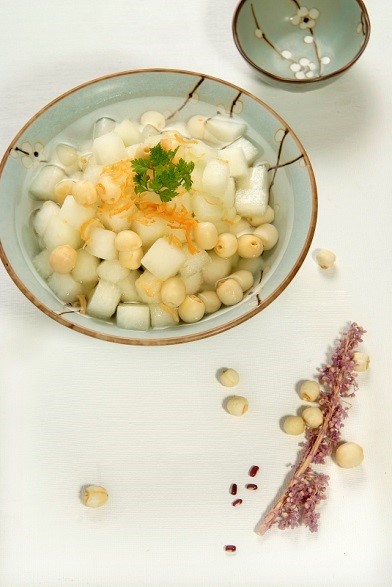
(Photo: Tong Beichen)
Today, July 23, marks Da Shu, also known as Great Heat, one of the 24 solar terms of the year in the traditional Chinese lunar calendar. Da Shu usually falls from July 22 to 24 every year and is the twelfth solar term in a year.
In Chinese characters, “Da” means great and “Shu” means hot summer, and Da Shu is the period with the most sunshine and highest temperature in a year. And it’s the fastest growing time for heat-loving crops. Chinese laborers divide Great Heat into three stages.
The first stage is that fireflies hatch in the grass; the second is the weather gets sultry and the land becomes humid; and the third is the rapid thunderstorms, which weaken the heat and the weather gradually transfers to the beginning of autumn.
The solar term of Great Heat coincides with “San Fu”, or the dog days of summer. Most parts of the country are dry and lack rain, and the temperature in many areas is over 35 degrees Celsius, commonly known as the "three furnaces”, and also the most prosperous.
What to eat in Great Heat

(Photo: VCG)
Litchi is a seasonal fruit in summer, and it’s a popular choice in Great Heat. It tastes better than ice cream after taking it out of the refrigerator. Sweet and juicy, litchi can help people relieve the heat of summer.

(Photo: VCG)
Drinking lotus seed soup is a traditional way to lower the heat in summer. From the Chinese medicine perspective, lotus seeds can lower heat inside the body. Lotus seeds taste slightly bitter, but it has a significant cardio tonic effect. It can expand the peripheral blood vessels and lower blood pressure. The lotus seed also has a good effect of sputum heart fire, which can treat a sore mouth and help sleep.
(Compiled by Tong Beichen)


